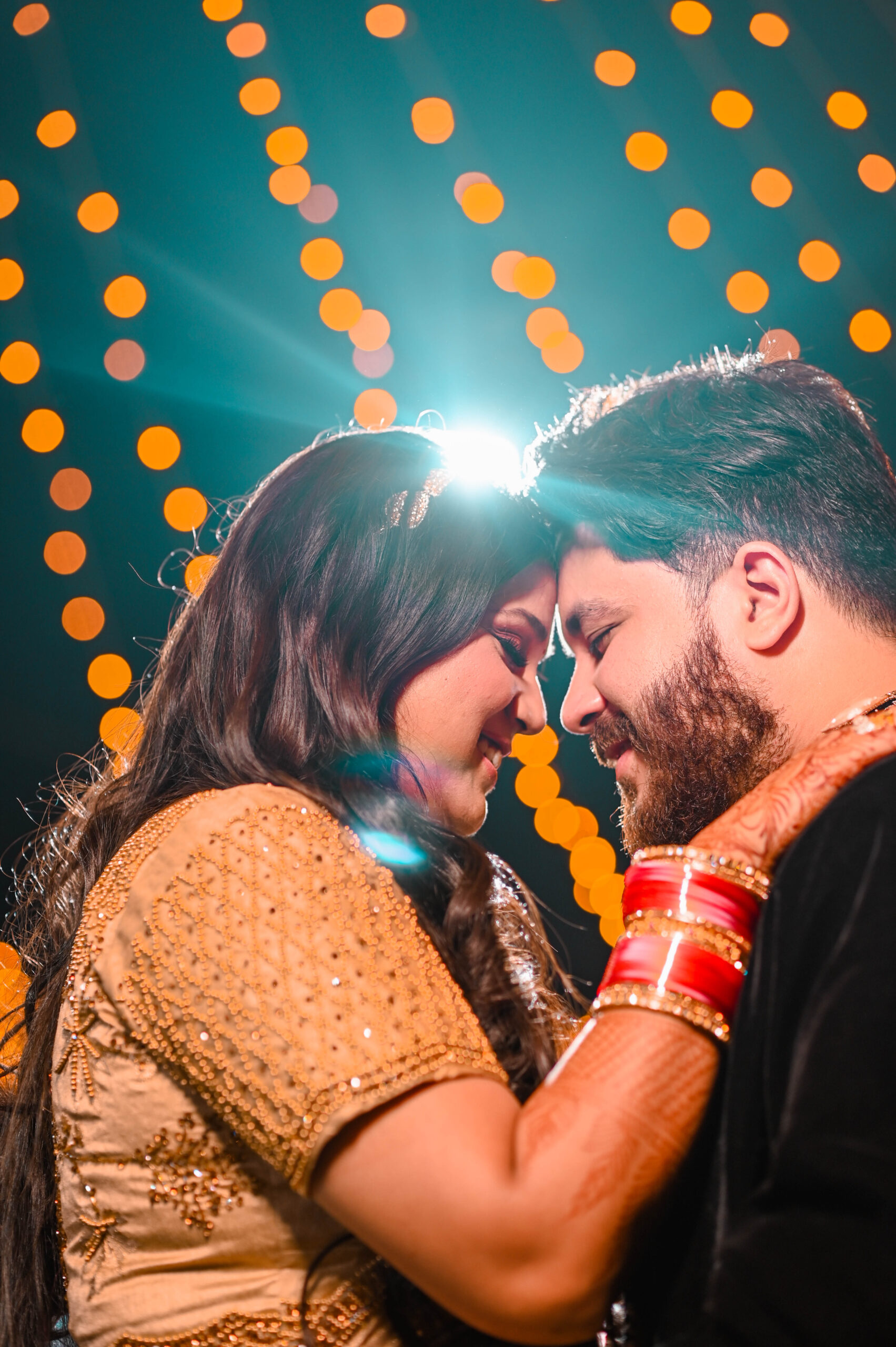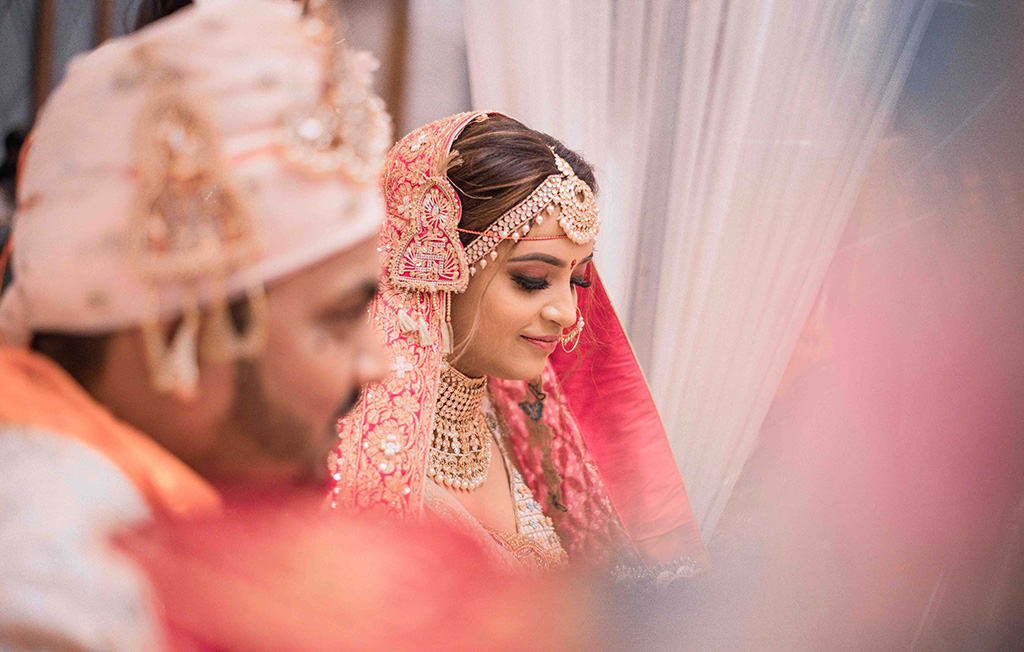wedding photography has evolved into a sophisticated art form, where a photographer’s technical skills and artistic vision converge to capture one of life’s most memorable events. The advent of innovative technologies and refined techniques has revolutionized how photographers approach weddings, allowing for greater creativity, precision, and storytelling.
This article explores the essential techniques and technologies in wedding photography from foundational methods to cutting-edge advancements, and how these tools help photographers create compelling, timeless images.
1. The Foundations of Wedding Photography Techniques
Mastering Composition
- Rule of Thirds: Placing subjects along imaginary grid lines creates balanced, visually appealing photos.
- Leading Lines: Elements such as pathways or railings guide the viewer’s eye toward the focal point, often the couple.
- Framing: Using natural frames like doorways, windows, or arches emphasizes subjects and adds depth.
Understanding Lighting
- Natural Light: Harnessing soft, golden-hour light enhances warmth and romance in photos.
- Artificial Light: On-camera and off-camera flashes, as well as LED panels, help photographers manage indoor or low-light scenarios.
- Creative Lighting Effects: Silhouettes, backlighting, and bokeh add artistic flair.
Capturing Emotion and Story
- Candid Moments: Genuine laughter, tears, and interactions bring authenticity to wedding albums.
- Key Highlights: Focusing on milestone moments like vows, first dances, and cake cutting ensures a comprehensive narrative.
- Cultural Nuances: Incorporating unique traditions or rituals specific to the couple’s background enriches the storytelling.
2. Advanced Wedding Photography Techniques
Documentary-Style Approach
A photojournalistic style captures the day as it unfolds, focusing on real, unposed moments. This technique emphasizes authenticity and creates a visual narrative of the wedding.
Fine Art Wedding wedding photography
This style blends photography and artistry, prioritizing composition, lighting, and emotion to produce high-end, editorial-style images.
Drone Photography
Drones provide breathtaking aerial shots of venues, outdoor ceremonies, and landscapes, offering a unique perspective and adding cinematic grandeur.
Motion Blur and Panning
These techniques creatively depict motion, such as the couple dancing or guests celebrating, adding a dynamic element to the photographs.
Long Exposure Shots
Using long exposure creates ethereal effects, such as light trails during sparkler exits or smooth water in scenic backgrounds.
Double Exposure
Layering multiple images in-camera or in post-production combines portraits with meaningful backdrops, resulting in artistic and symbolic compositions.
3. Technology Transforming wedding photography
High-Resolution Cameras
Modern DSLRs and mirrorless cameras with high megapixel counts ensure crisp, detailed images. Popular choices include the Canon EOS R5, Sony Alpha series, and Nikon Z series.
Lens Innovations
- Prime Lenses: With wide apertures, prime lenses excel in low light and create stunning bokeh effects.
- Zoom Lenses: These versatile lenses allow quick framing adjustments, ideal for dynamic wedding scenarios.
Drones for Aerial wedding photography
Compact drones, like the DJI Mavic Air 2, provide stunning overhead shots of outdoor venues, group arrangements, and landscapes, creating a cinematic touch.
Lighting Equipment
- Portable Flashes and Strobes: Allow control over lighting in varied conditions.
- Continuous Lighting: LED lights offer consistent illumination for video or low-light settings.
- Light Modifiers: Softboxes, umbrellas, and reflectors diffuse or direct light, enhancing the subject’s appearance.
Stabilization Tools
- Gimbals: Ideal for capturing smooth video during dynamic moments.
- Tripods and Monopods: Provide stability for long-exposure shots or consistent framing.
Editing Software
- Adobe Lightroom and Photoshop: Industry standards for photo editing, allowing for color correction, retouching, and creative enhancements.
- AI-Driven Tools: Programs like Luminar Neo and Capture One integrate artificial intelligence to simplify editing tasks and enhance image quality.
Cloud Storage and Sharing Platforms
Platforms like SmugMug, Pixieset, and Google Photos enable wedding photography to securely store, share, and deliver digital albums to clients.
4. Integrating Technology with Artistic Vision
Real-Time Sharing
Some photographers offer same-day edits, showcasing key moments during the reception, leveraging fast processing capabilities of modern devices.
360-Degree wedding photography
Specialized cameras create immersive images, providing a virtual tour-like experience of the wedding venue.
Live Streaming
Technologies like Zoom and YouTube Live allow remote family and friends to witness the wedding in real time, expanding the audience.
Mobile wedding photography Apps
Apps like Adobe Lightroom Mobile and Snapseed enable on-the-go edits, perfect for social media sharing and quick adjustments.
5. Challenges and Solutions in Wedding Photography
Dynamic Lighting Conditions
- Challenge: Shifting from outdoor sunlight to dimly lit indoor spaces can disrupt exposure settings.
- Solution: Cameras with excellent dynamic range and fast aperture lenses adapt effectively.
Tight Timelines
- Challenge: Weddings follow strict schedules, leaving little room for reshoots.
- Solution: Preparation and scouting locations in advance help anticipate challenges.
Unpredictable Weather
- Challenge: Outdoor ceremonies are vulnerable to sudden rain or harsh sunlight.
- Solution: Carry weather-resistant gear and plan alternate indoor locations.
High Expectations
- Challenge: Couples expect flawless results and timely delivery of images.
- Solution: Clear communication and setting realistic timelines ensure client satisfaction.
6. Creativity Meets Technology
Enhancing Storytelling Through Tech
Using technologies like drones, gimbals, and motion-capture tools, photographers can present the day’s story in unique ways, blending traditional and modern approaches.
Augmented Reality (AR) Albums
AR technology adds interactive elements to wedding albums, where scanning a photo with a smartphone reveals related videos or animations.
Cinemagraphs
These hybrid images combine still photography with subtle motion (e.g., a bride’s veil flowing in the wind), creating mesmerizing visuals.
7. The Future of wedding photography
Artificial Intelligence (AI)
AI-powered cameras and software are transforming how photographers shoot and edit, automating repetitive tasks like sorting images and enhancing them with precision.
Virtual Reality (VR)
VR technology could soon allow couples to relive their wedding day through immersive 3D experiences.
Sustainability in Technology
As eco-conscious weddings rise in popularity, photographers may adopt sustainable practices, such as using energy-efficient equipment and delivering digital-only albums.
8. Emotional Significance of Wedding Photography
Preserving Memories
wedding photography captures the fleeting moments that make the day special: a groom’s nervous smile, a bride’s joyous tears, and the laughter of friends and family. These images become cherished keepsakes, allowing couples to relive the day for years to come.
Storytelling Through Imagery
Photographs tell a visual story of the wedding day, chronicling everything from the preparation to the ceremony and reception. This storytelling aspect immortalizes the emotions and connections shared during the event.
Strengthening Relationships
Images that highlight family bonds, friendships, and romantic love resonate deeply. They remind couples of the support and joy that surrounded them on their special day, strengthening their emotional connection to loved ones.
9. Cultural Impact of wedding photography
Honoring Traditions
Photography plays a crucial role in documenting cultural and religious traditions. From specific rituals to traditional attire, photographers help preserve these significant elements for future generations.
Cross-Cultural Influence
With the rise of social media and online sharing, wedding photography showcases cultural diversity, influencing and inspiring couples worldwide. This has led to a blending of traditions and the incorporation of unique elements into weddings.
Highlighting Milestones
In many cultures, weddings are monumental events. Photography ensures these milestones are remembered and celebrated within families and communities, often becoming part of a family’s history.
10. Aesthetic Influence on Weddings
Shaping Wedding Trends
Wedding photography has a direct impact on how weddings are designed and styled. Photographers’ creative input influences decisions on lighting, decor, attire, and venue layout to ensure the event photographs beautifully.
Creative Composition
Photographers bring an artistic perspective to weddings, using techniques like framing, color coordination, and unique angles to elevate the aesthetic quality of the event documentation.
Personalized Themes
Couples often design weddings around specific themes or aesthetics, inspired by the work of professional photographers. From vintage to minimalist styles, photography helps couples visualize their dream wedding.
11. Technological Advancements and Wedding Photography
High-Quality Equipment
Modern cameras and lenses enable photographers to capture weddings with remarkable clarity and detail. Features like low-light adaptability and high-resolution imagery ensure every moment is documented beautifully.
Drone wedding photography
Aerial photography has become a popular trend, offering breathtaking views of the venue, large-scale guest gatherings, and outdoor ceremonies.
Cinematic Videography
In addition to still photography, cinematic wedding videos have gained popularity, allowing couples to relive their day with motion, sound, and music.
Post-Processing and Editing
Advanced editing software enables photographers to enhance images, adjust lighting and colors, and create cohesive wedding albums that reflect the couple’s style.
Instant Sharing
Digital photography allows couples and guests to share photos almost instantly through social media platforms, amplifying the reach and impact of the wedding.

12. Planning and Execution Influenced by Photograph
Timelines and Schedules
Photography often dictates the timeline of a wedding. Photographers require time to capture pre-ceremony preparations, couple portraits, and group photos, which must be integrated into the event schedule.
Venue Selection
Couples often choose venues based on their photogenic qualities. Scenic landscapes, elegant architecture, and unique backdrops are prioritized to ensure stunning photographs.
Lighting Considerations
Natural light, golden hour opportunities, and venue lighting setups are factored into wedding planning to complement photography needs.
Wardrobe and Makeup
Couples and their parties consider how their attire and makeup will appear in photos, often hiring professionals to achieve a polished look.
13. Social Media and Wedding Photography
Instant Gratification
Social media platforms have amplified the importance of wedding photography, with couples eager to share highlights of their day in real-time.
Creating Viral Moments
Unique and creative wedding photos often go viral, inspiring trends and becoming iconic representations of modern weddings.
Building Photographers’ Portfolios
Social media serves as a platform for photographers to showcase their work, influencing couples’ choices and raising industry standards.
14. Challenges and Responsibilities in wedding photography
Capturing Key Moments
Photographers bear the responsibility of documenting once-in-a-lifetime moments. Missing a pivotal event, like the exchange of vows, can have lasting emotional consequences.
Balancing Candid and Posed Shots
Couples often desire a mix of candid moments and formal portraits. Striking this balance requires skill, planning, and adaptability.
Dealing with High Expectations
As photography becomes central to weddings, expectations for perfection increase. Photographers must deliver high-quality images under pressure.
Managing Technical Issues
Equipment malfunctions, poor lighting conditions, or challenging weather can disrupt photography. Experienced photographers must adapt quickly to ensure the day is well-documented.
15. Emotional and Financial Investment
Prioritizing Photography
For many couples, photography is one of the top priorities in their wedding budget. This highlights its perceived value in preserving the day’s memories.
Reliving the Day
Wedding photos are often revisited on anniversaries and shared with future generations, making them an enduring investment in a couple’s story.

16. Future of wedding photography
Interactive Media
Emerging technologies like virtual reality and 360-degree photography may redefine how couples experience their wedding memories.
AI-Enhanced wedding photography
Artificial intelligence tools are streamlining editing processes and enhancing photographers’ ability to deliver polished results quickly.
Eco-Friendly Photography
Sustainable practices, such as digital-only albums and energy-efficient equipment, are becoming a priority for environmentally conscious couples and photographers.
17. Conclusion
wedding photography is an ever-evolving field where artistry and technology intersect. Mastering foundational techniques, embracing advanced methods, and leveraging innovative tools enable photographers to deliver captivating, emotionally resonant images. As technology continues to advance, wedding photography will likely see even greater creative possibilities, ensuring that each love story is beautifully and uniquely told.
By combining timeless techniques with cutting-edge innovations, photographers can craft images that preserve the magic of weddings, celebrating love, relationships, and unforgettable moments in all their splendor.














